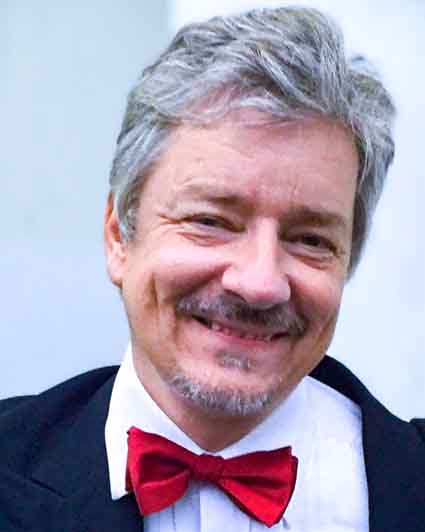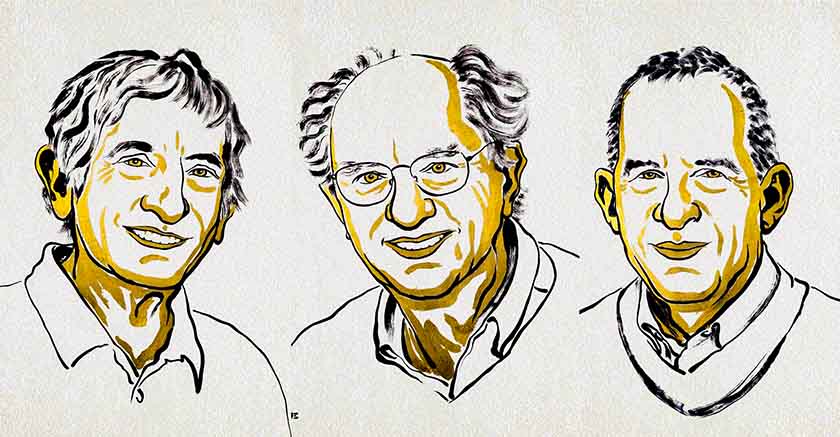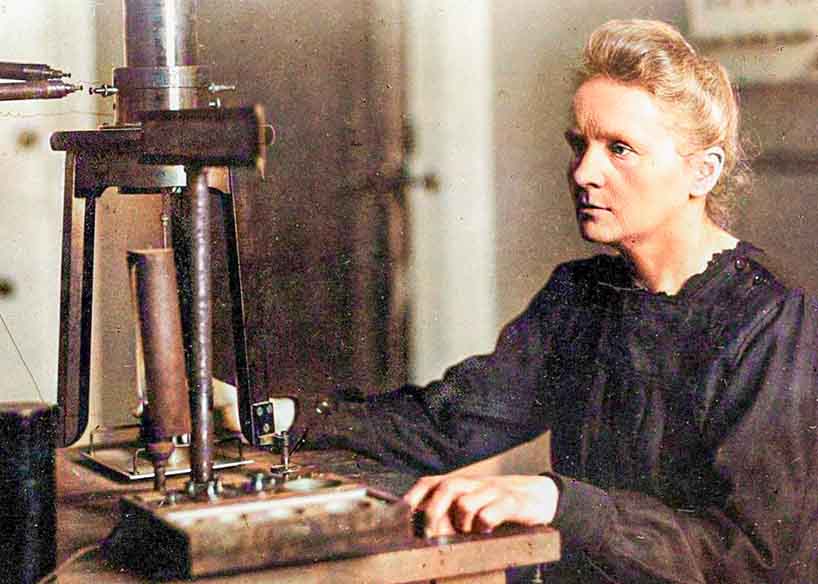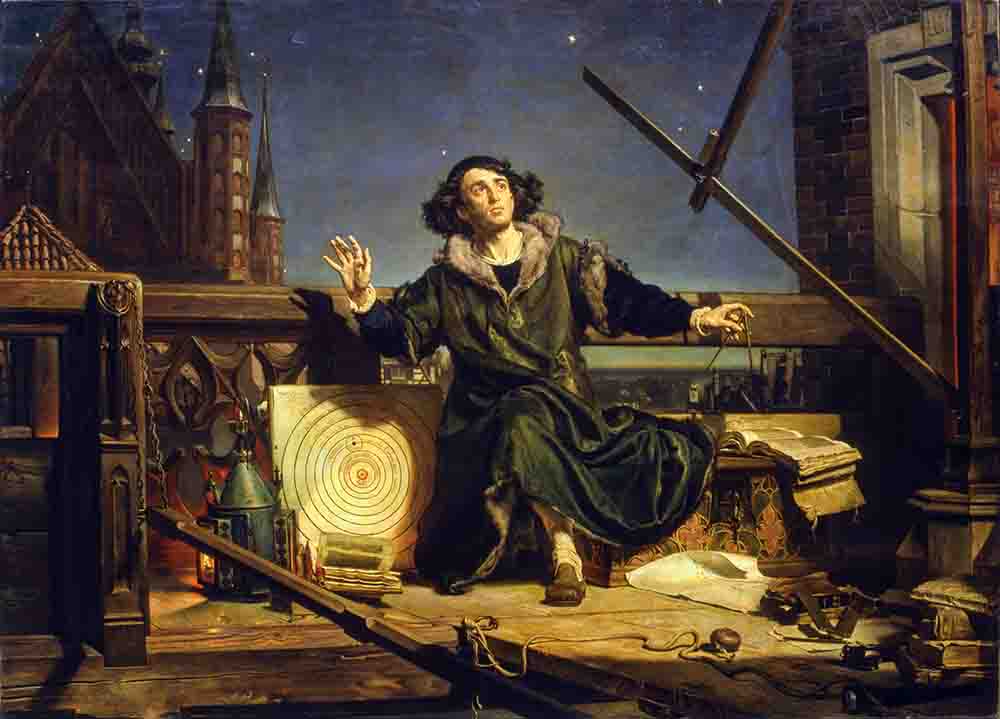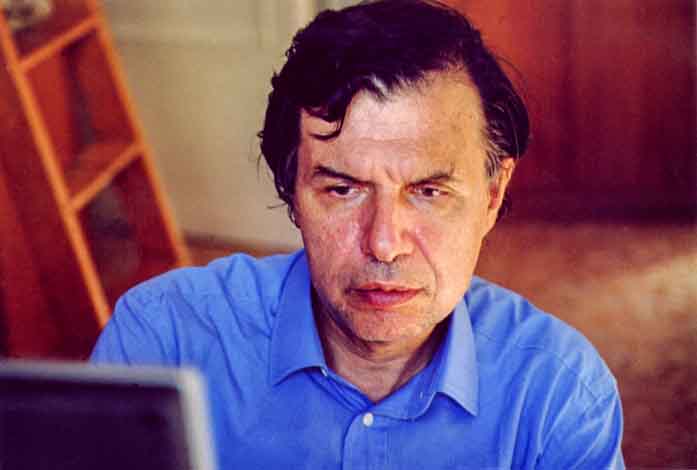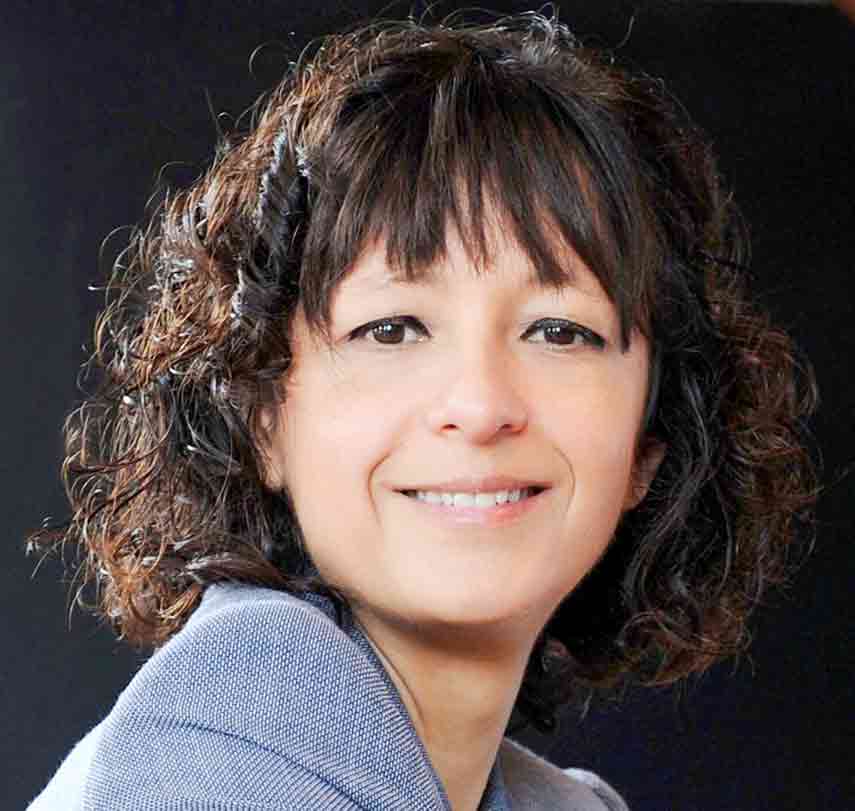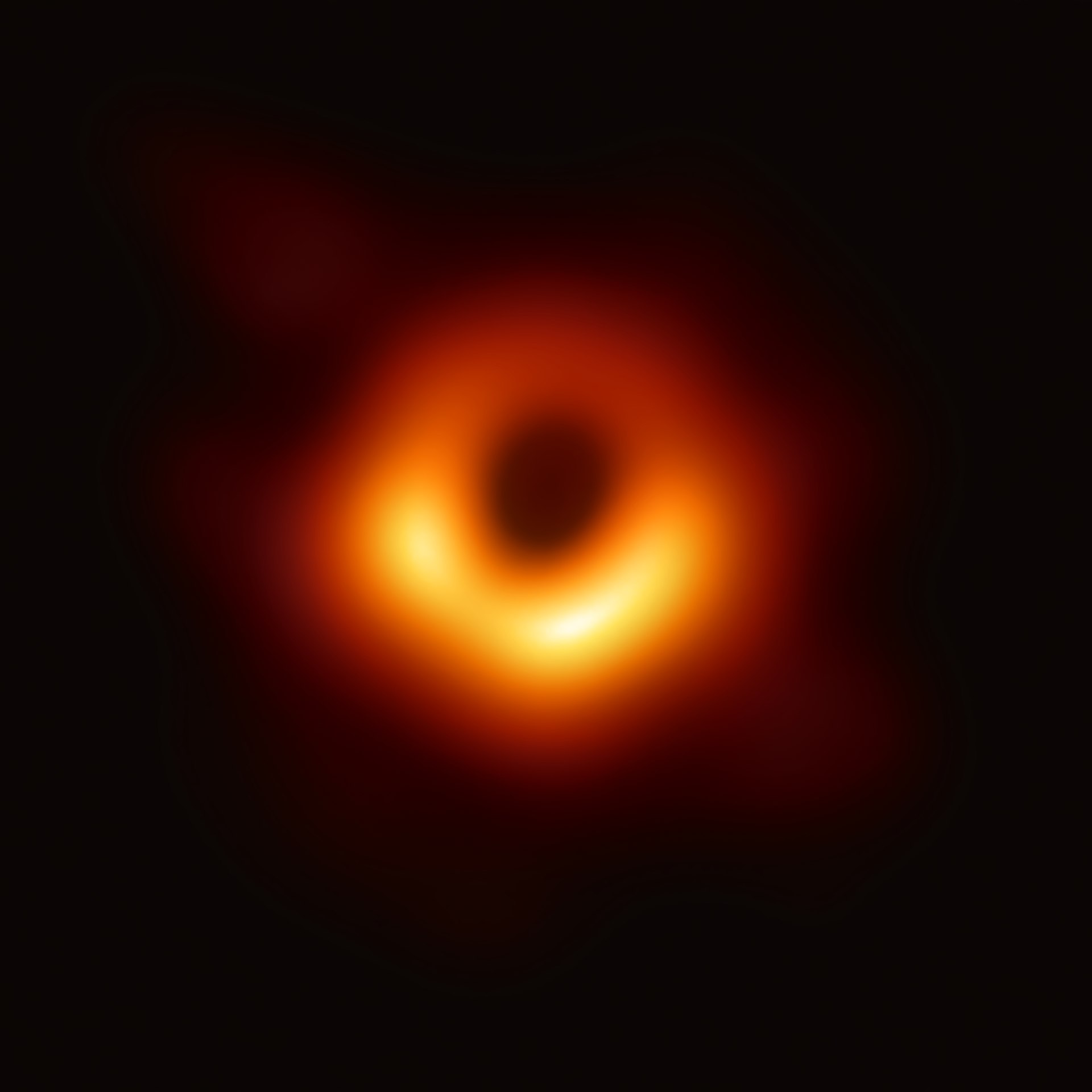
Alfred Bernhard Nobel, the Swedish inventor and founder of the famous Prize by his name, was a rather controversial figure. He was a loner, living in isolation, traveling a lot, who never got married, had few friends, and was very distant with his family. Politically conservative, for example, he was against allowing women to vote, and was not particularly liked as a manager. Once he became seriously ill, the only person who visited him was his employee. He lived in hotels and in his laboratories, which is why Victor Hugo called him "the richest vagabond in Europe".
From his father Emanuel, a businessman, inventor and arms dealer, as one of eight children (but only he and his three brothers lived to adulthood), he inherited his interest in pyrotechnics and devoted most of his life to the development of explosives with full awareness of their potential use for military purposes, i.e. simply to kill people.

Alfred Nobel (1833-1896)
As an inventor, his light first shone in 1857, when he patented ... a measly gas meter. In 1863, significant in Polish history, he patented a modern detonator and fuse. Nobel was elected a member of the Royal Swedish Academy of Sciences in 1884, the same institution that later were to bestow his awards in two areas, and received an honorary doctorate from Uppsala University in 1893. Overall, throughout his life, Alfred received 355 international patents, and by the time of his death, he could boast of 90 weapons factories.
As a manufacturer and dealer of weapons, he managed to buy Bofors plants - today one of the largest arms companies in the world, shortly before his death. It is hard to deny that he was inextricably linked throughout his life with the arms industry and the arms trade - and therefore, in a way, with the "death trade".
On the other hand, he may have naively and childishly thought that his inventions and improvements would ultimately help prevent wars, because their effectiveness in killing and exterminating mankind was to make people reconsider and thus result in a full disarmament. Of course, that could never happen. The explosives he invented revolutionized pyrotechnics in all its aspects, both peaceful and military. But before we describe them, let's start from the beginning, that is, with the gunpowder.
For nearly a thousand years, gunpowder has been the primary explosive for a variety of purposes. Stable and safe to use, it was ideal for munition production. However, the industrial revolution that began in earnest in the 19th century created a growing demand for more powerful explosives for use not only militarily but, for example, in mining and quarrying industries.
Nitroglycerin, which was invented in 1847 by the Italian chemist Ascanio Sobrero, was stronger than gunpowder, but also very unstable. As it is well known, even a moderate shock can cause an explosion of this substance, which at normal temperature is a liquid, and these two characteristics combined together make it something very difficult to transport and use. The challenge for the inventors was therefore to combine the stability of gunpowder and the explosive power of nitroglycerin, and this is what Alfred finally managed to do. He was additionally motivated in his efforts by the loss of his younger brother Emil, who - along with several other people - died in an explosion of nitroglycerin in a family factory in Stockholm , in 1864.
As soon as three years later, in 1867, Alfred had a fortune to accidentally discover that a kind of sedimentary rock called diatomaceous earth was able to absorb nitroglycerin in its porous structure, thus stabilizing it. This is how the explosive was invented, which Nobel called "dynamite", from the Greek δύναμη (dynamis), or power.
The invention of dynamite, and then the so-called explosive gelatine, perfect for blasting rocks in the process of building tunnels, not only quickly earned the Nobel Prize money - a lot of money that helped put back the family's armament-producing business (in trouble since the Crimean Wars in 1859 when the demand for armaments decreased) on its feet - but also made his name famous all over the world. Most people would rest on their laurels after such an achievement, but Alfred continued his research and, as early as 1875, invented and patented an even stronger compound, a mixture of nitroglycerin and nitrocellulose, called ballistite, nowadays used as solid rocket fuel, and artillery explosive.
All in all, thanks to his inventions, Nobel had accumulated and successfully multiplied a fortune, traveling all over Europe and offering licenses to anyone willing to pay. This practice did not make him friends and even led to accusations of high treason in France where he lived, so that he eventually had to move to Italy at the end of his life.
In 1888, he unexpectedly read in a French newspaper his own obituary, entitled The dealer of death is dead (Le marchand de la mort est mort). It was a case of confused identity: it was his brother Ludvig who had actually died, but this article made Alfred think. Nobel is said to have taken it to heart, and as a result, reflecting on his legacy, he changed his will. He did not want to be remembered as a death dealer. He himself really died only eight years later, leaving behind a huge fortune and this last will.
To his family's chagrin and to the general surprise, the inventor's last will, read in Stockholm on December 30, 1896, a few weeks after his death, was that his fortune be used to establish a series of awards to those who "best serve humanity" in the field of physics , chemistry, physiology or medicine, literature, and peace. In keeping with this will, and largely thanks to the efforts of its executor, the young engineer Ragnar Sohlman, the Nobel Foundation was established in June 1900 and has since functioned as an investment fund looking after the Nobel Alfred's leftover assets, admittedly very effectively, doubling its value over the years, even considering inflation.
Annual awards in the areas indicated by Alfred are granted by a specially established Nobel Prize Committee. The Royal Swedish Academy of Sciences nominates laureates in physics and chemistry. The Karolinska Medical Institute awards prizes in the field of medicine and the Swedish Academy in the field of literature. Peace prizes are in turn awarded by the Norwegian parliament (during the Nobel era, Sweden and Norway were a kingdom united under the Swedish king). In addition to the peace prize, which is presented in Oslo, the Nobel Prize is presented by the King of Sweden at the ceremony on the Swedish national Nobel Day, on December 10 - to commemorate the anniversary of the founder's death - in the building of the Stockholm Philharmonic (Konserthus).
After the controversy surrounding the Nobel Prize himself, the controversy surrounding the awarding of his prizes began from the very beginning.
The first prizes, after five years of careful planning, were awarded in 1901. The first undisputed winner in the field of physics was the German scientist Wilhelm Röntgen, for discovering X-rays. In the field of chemistry, the Dutch scientist Jacobus van 't Hoff received the first prize for research in the field of chemical thermodynamics. The Medical Award went to German microbiologist Emil von Behring for obtaining an antitoxin to diphtheria - a disease that caused thousands of deaths every year. The first prize in literature went to the French poet and author Sully Prudhomme, which was the cause of a controversy. It was believed that, for example, the great Russian writer Leo Tolstoy was then more worthy of honor. The first Nobel Peace Prize was awarded at the time to two Frenchmen: Jean Henri Dunant, the founder of Red Cross, and Frédéric Passy, the founder of Peace League.
Since then, the Nobel Prizes have been awarded fairly regularly every year. None of them were awarded, for example, in the war years, 1940 to 1942. Relatively often, peace awards were not granted, e.g. in the years 1914-1916, 1923-24, 1928, 1932, 1939, and from a slightly more recent past, e.g. in 1966 -67, and 1972.
Each awarded winner receives a gold medal (today only gold-plated with 24-carat gold), a diploma and a cash prize. In 2020, the monetary value of the Nobel Prize is 9,000,000 Swedish kronor, or 935,366 US dollars. Prizes are awarded to no more than three laureates at a time in each field.
In 1968, the scope was expanded to include an additional field: economy, funded by the Swedish National Bank (Sveriges Riksbank), i.e. funds were not derived from the Nobel estate. This award, established in honor of the bank's 300th anniversary, is called the Alfred Nobel Memorial Award, at the request of Peter Nobel, Albert's great-nephew, in distinction to the original ones . It was then that it was also decided that the number of fields in which Nobel prizes are awarded will no longer be increased.
An interesting fact is that Nobel prizes are not being awarded in the field of mathematics. Rumor has it that this is because the young Nobel was said to have lost the favor of his girlfriend to a mathematician, and he hated mathematicians ever since. Another suggestion is that he did not consider mathematics to be a true science that would bring tangible benefits to mankind, and hence he did not include this field. In 2001, the Norwegian government began awarding the Abel Prize to complement the missing Nobel Prize in Mathematics, but it is not yet as prestigious as the Fields Medal and other Nobel Prizes.
The controversy over the Nobel Prizes continues. They are mostly around the Peace Prize, which, according to the guidelines of Nobel himself, promotes disarmament, the reduction of military potentials and the process of preventing armed conflicts. The most controversial winners were Henry Kissinger and Lê Đức Thọ, for peace in Vietnam, although the war was still going on at that time. The award of the peace prize to Yasser Arafat, Shimon Peres, Yitzchak Rabin, and Barak Obama was also criticized, to name just a few of the most problematic winners. Although he was not awarded, nominated for the prize in 1939 was none other than ... Adolf Hitler.
Even awards in the natural sciences have not escaped criticism. The 1918 Chemistry Award went to Fritz Haber, considered a war criminal, who personally supervised attacks with the use of chemical weapons. In 1949, Egas Moniz received a medical/physiology award for his research into the healing effects of lobotomy, an extremely controversial procedure. In 1974, the Physics Award for the discovery of pulsars went to Antony Hewish and Martin Ryle, even though the discovery was actually made by a PhD student of Hewish, Jocelyn Bell. [Wikipedia]
Another source of criticism is the principle that awards are not given posthumously. Persons who objectively deserved the award but who died before they had a chance to be nominated cannot become laureates. However, in 2011, an award in physiology or medicine was awarded to Ralph Steinman, who died three days before the results were announced, as the Committee reportedly did not know about the scientist's death at the time of the verdict.
Criticism also arises from the strict rules about not giving awards to more than three people in a given field. In the era of international scientific cooperation today, some achievements are the result of many years of work of multi-person research teams from different countries, however, the award may be given only to three individual scientists.
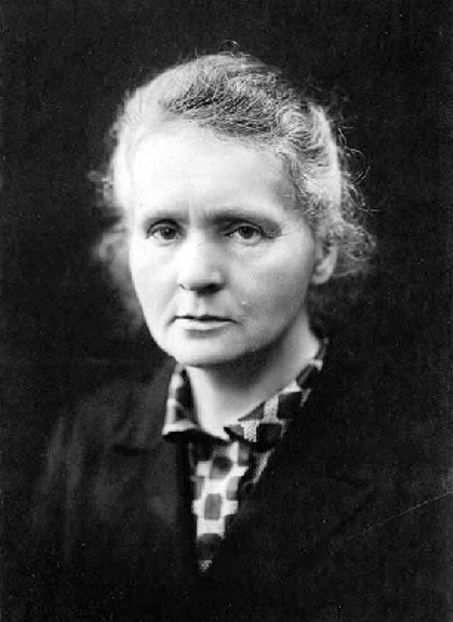
Marie Skłodowska-Curie (1867-1934), the first Polish Nobel laureate
There are many Poles among the Nobel laureates. The first person of Polish nationality to be honored - in the field of physics for the discovery of radioactivity - was Maria Skłodowska-Curie in 1903 (who shared this award with her husband Pierre Curie). Maria Skłodowska also belongs, along with Linus Pauling, John Bardeen, and Fryderyk Sanger, to an exclusive group of repeat winners. She received the award for the second time in 1911, this time in chemistry. She also remains to this day the only woman to have been awarded the Nobel Prize more than once.
Polish writers and authors have won several awards in the field of literature. And so, in 1905 it was won by Henryk Sienkiewicz, in 1924 - Władysław Rymont, in 1980 - Czesław Miłosz, in 1996 - Wisława Szybmorska, and in 2019 - Olga Tokarczuk. Twice were the winners of the Nobel Peace Prize Poles: Lech Wałęsa, in 1983, and Józef Rotblat, in 1995.
The Nobel Prize is not the oldest scientific prize awarded in the world, although it is the first truly international one, and yet it enjoys the greatest prestige today. The announcement of the winners in early October each year is an eagerly anticipated event. The number of laureates who made up the teaching staff of a university largely determines the prestige of this institution (at present, Harvard University is leading in this classification).
In the early twentieth century, these awards had virtually no weight. Many factors contributed to their subsequent prestige, including the efforts of the Nobel Foundation and the long and arduous process of nominating and evaluating candidates' applications. Although all institutions appointed to award prizes are Swedish, scientists from all over the world are asked to evaluate the submitted applications, so not only Swedes decide. You cannot apply for the award yourself - individual applications are not taken into account. The idea of the Nobel Prize was to reward outstanding achievements that would affect the development of humanity and various scientific disciplines.
In future articles, we will present the achievements and profiles of the recently announced Nobel Laureates of 2020.
Photos: Wikipedia/public domain.



